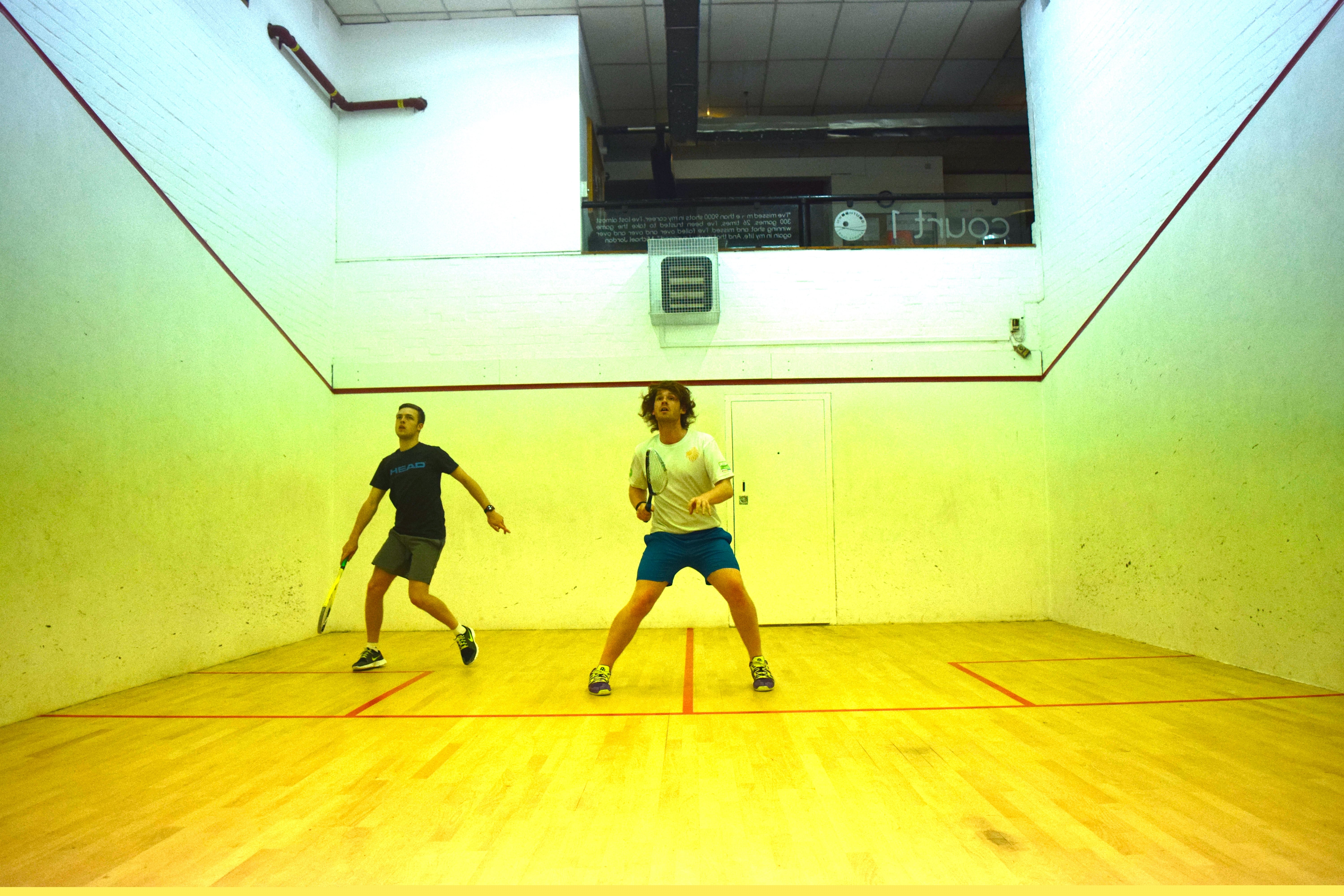Prepared to turn anywhere and change direction at any moment.
Welcome to part two of The Squash Company’s three-part special blog post on ‘The Ready Position’. ‘The Ready Position’ encompasses your racket, body and feet and is the position you should adopt between every one of your shots to give yourself the best possible chance of retrieving your opponent’s shot. Last time we looked at the role of the feet. In today’s post, we will be looking at the role of the body in ‘The Ready Position’ and how you should position yourself between shots.
Your body positioning between shots is something that is largely left alone but it is something that can provide a small advantage if done well and conversely it can leave you at a disadvantage if done badly.
The ‘Neutral Position’
People know you should recover the T-Position or T-Zone between shots, as it is the central area of the court and from here you can also control the game. It’s important to occupy the T-Position in the right way though.
Whilst on the T-Position, you should ensure that your body is facing the front wall in a neutral position. Obviously, you don’t want to lose track of the ball though, so you must turn your head so you can watch what’s going on behind you over your shoulder.
If your body is facing the front wall, it is very easy for you to go in any direction at any time as you aren’t overcommitted. Lots of people will turn and face the back corner and their opponent or pre-empting a straight drive, will drift away from the T-Position and get caught facing the side wall. When this happens, they are very susceptible to getting caught out by a well placed boast or cross-court shot. No matter how good your anticipation (or your shot), you need to be ready for anything and by keeping your body facing the front, you are keeping open the option to move anywhere.

It is no good taking the T-Position so that you can cover all areas of the court if you actually physically can’t cover the all areas because of your body positioning! Just make sure that you do turn your head and watch over your shoulder – you need at least one whole eyeball on the ball at all times!
Keep an eye out for part three of this series of blog posts in which we will look at what you should do with your racket between shots.
Leave a Reply